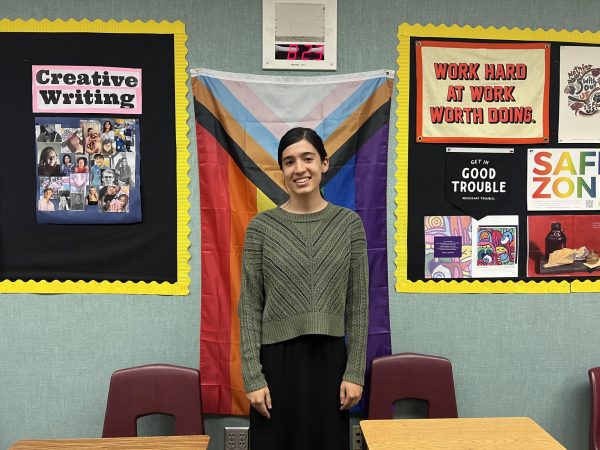Suicide Awareness
September is suicide prevention awareness month. According to the National Alliance on Mental Illness, “Suicidal thoughts, much like mental health conditions, can affect anyone regardless of age, gender or background.”
Nonetheless, certain factors can make a person more at risk than others. As noted in the a study on the website for the US National Library of Medicine National Institutes of Health, “Key risk factors found were: mental disorders, previous suicide attempts, specific personality characteristics, genetic loading and family processes in combination with triggering psychosocial stressors, exposure to inspiring models and availability of means of committing suicide” (Bilsen 1).
With what appears to be a whole list of different stressors that could lead someone to suicide, it’s important to remember to take care of oneself, especially during a global pandemic which has not been seen in our lifetime. Additionally, many students may find it difficult to adjust from partial or complete online learning to fully being back on campus with modified learning conditions.
There are a multitude of resources that can help. On the Suicide Prevention Lifeline website there is a number listed that anyone can access at anytime if they need assistance. Also there are the numbers and emails for counselors at school listed under the guidance page for students who could use some guidance or support when it comes to their mental health.
When asked what the guidance office was going to do to prepare for suicide awareness, Laura Liegler, a guidance counselor serving students with the last name of Sn-Z noted that they “are also going into sophomore history classes next month to do our Signs of Suicide and Depression lesson.” Providing additional outreach and information for students at the start of the school year.
Knowing the signs of someone who may be dealing with mental health issues is also important to helping to spread suicide awareness at the beginning of school when students are adjusting to the new year. In an article published by Very Well Mind important signs to look for include “extreme mood swings, feelings of hopelessness, giving away possessions, losing interest in activities, talking about death or suicide, saying goodbye to family and friends, saying that they are a burden [and] withdrawing from friends and family” (Schimelpfening 3).
By just knowing and being aware of the many different signs, factors and simple behaviors of people during this time, we can help spread suicide awareness not just in school, but in our everyday lives. Suicide awareness is important especially during a pandemic when people may feel as though they don’t have all the answers surrounding the current situation.

Ella is looking forward to her first year at the Growling Wolverine. She loves to read, write and have fun with her friends. This year she is looking forward...









